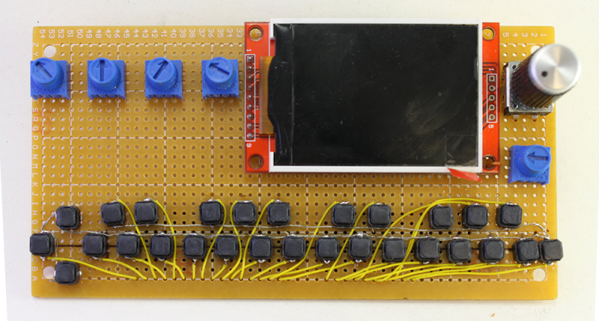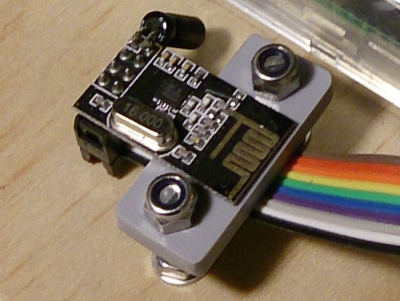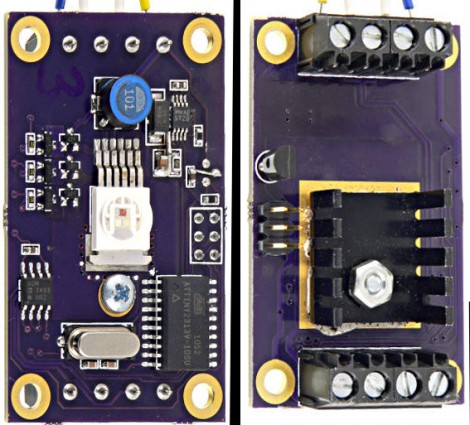If you thought the future of electronic musical instruments was massive Emerson-class modular synths, giant MPCs with pads the size of Dance Dance Revolution machines, or hilariously expensive polysynths, you couldn’t be more wrong. The future is, effectively, toys. Those tiny little Korgs you can stuff in your pocket are selling like hot cakes, and Pocket Operators are king of the hill. One of the more interesting musical toys is the Organelle, an aluminum enclosure with maple buttons laid out in a keyboard configuration. It’s a synth, it’s a sound engine, and it does produce some interesting noises. All the software is Open Source, but the hardware isn’t. That leaves it up to someone else to make the hardware for the rest of us. That’s exactly what [mitchell] is doing for his Hackaday Prize entry.
The core of this build is a Nanopi Neo Core, or basically an Allwinner H3 breakout board with 256 MB of RAM running at 1.2 GHz. This runs the basic Organelle scripts, and has all the drivers to become a MIDI device. Added to that, there’s a DAC, a small TFT screen, an STM32F103 for reading the buttons, encoders, and pots, a sound card, a USB hub IC, and a battery torn from a Kindle.
The idea for this project is to have something along the lines of the Teenage Engineering OP-1, another of the very fancy ‘toy’ synths, but also to build something that anyone else can build. [mitchell] is just about there, and the prototype PCB he made actually works. There’s still a lot more work to do, but this is an exceptionally interesting project we can’t wait to see hit prime time.


















